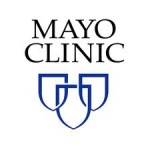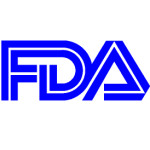 The Mayo Clinic is the gold standard for the use of social media in healthcare organizations. The Mayo Clinic Center for Social Media [MCCSM]–yes, they have a whole center dedicated to social media–facilitates the use of social media throughout the Mayo Clinic and also works to help other hospitals, professionals and patients use social media to promote health education, health literacy and healthcare delivery worldwide.
The Mayo Clinic is the gold standard for the use of social media in healthcare organizations. The Mayo Clinic Center for Social Media [MCCSM]–yes, they have a whole center dedicated to social media–facilitates the use of social media throughout the Mayo Clinic and also works to help other hospitals, professionals and patients use social media to promote health education, health literacy and healthcare delivery worldwide.
The Mayo Clinic has the most popular medical provider channel on YouTube and more than 450,000 “followers” on Twitter. They also an active Facebook page with over 300,000 connections. A pioneer in blogging, Mayo has a News Blog, Podcast Blog and Sharing Mayo Clinic, a blog that enables patients and employees to tell stories about their Mayo Clinic experience.
Lee Aase is the Director of the Mayo Clinic Center for Social Media. Lee has a background in politics and media relations and has led the Mayo Clinic into the forefront in healthcare social media.
When asked what his approach to social media marketing was, Lee answered that healthcare consumers want and need in-depth information and it is his job and the Mayo Clinic’s job to offer them that information. “The main idea is to understand that there is a thirst for information out there,” said Lee. “When people get sick, they want information and they want it right away.”

